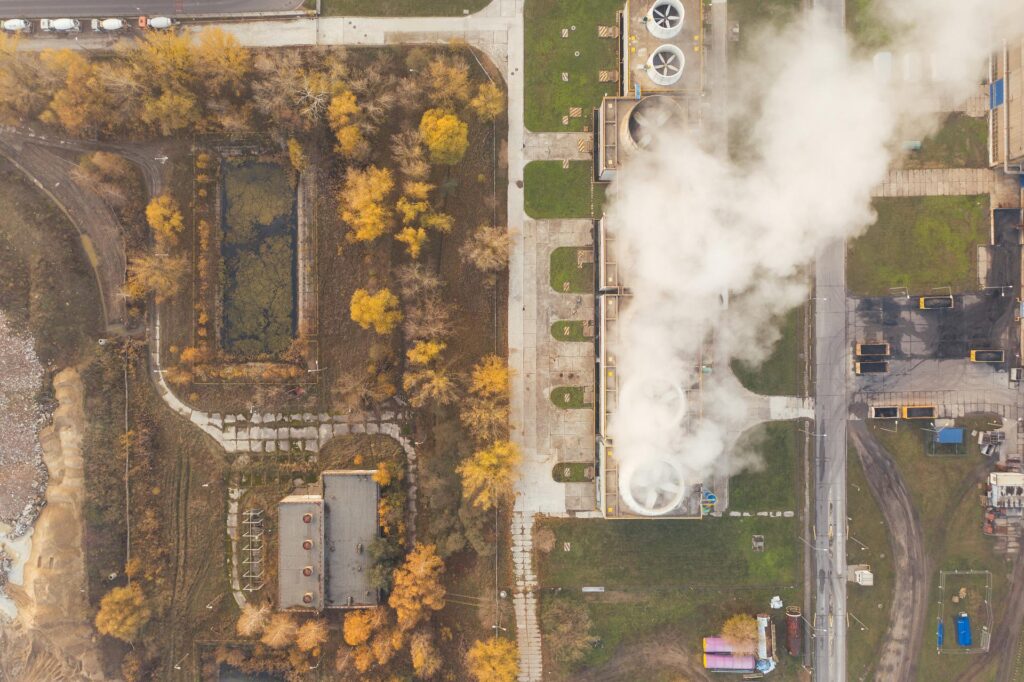Separate studies point out the huge improvements G20 countries must undertake to deliver 1.5 and how emissions from heavy industry can be cut in the world’s so called “advanced” economies
G20 nations, who are responsible for about 75% of the world’s greenhouse gas emissions, are not on track to meet COP26 1.5°C commitment. A new analysis by the World Resources Institute, E3G and the Energy and Climate Intelligence Unit (ECIU) concluded so after assessing the climate goals of G20 countries.
India, along with Egypt and Turkey, has been categorised as the “laggards” for not yet submitting any new or updating its National Determined Contributions (NDC) at all.
At COP26, India committed to deliver half of its energy from renewables by 2030 and hit net zero by 2070. Reports say that the country is likely to miss the installed solar energy target for this year. India is currently discussing details to finalise updated NDCs to be submitted before COP27 this year. Egypt, the host of COP27 scheduled for November this year, has made no commitments for net zero emissions so far.
The report says that China, Russia and Saudi Arabia submitted enhanced 2030 climate targets which are an improvement compared to their previous NDCs, but leave a significant scope for improvement. China, currently, is producing a record-breaking amount of coal.
The report observed that since COP26, the geopolitical scenario has changed drastically, following Russia’s invasion of Ukraine in February 2022. The European Union has committed to phase out Russian fossil fuels, leaving member countries to look for other sources to meet their energy demands. Germany and The Netherlands are planning to drill in the North Sea to fulfil their energy needs.
Australia, Brazil, Indonesia and Mexico did not submit any enhanced 2030 emissions targets to align with a 1.5°C pathway and have been categorised as “stallers”. The report notes that the UK comes closest to 1.5° alignment of the countries, but it still has gaps in policy and investment to get on track for that pathway.
In Glasgow in November 2021, all countries agreed upon the need to do more to close the current emissions gap to 1.5°C in this decade. But not one country is on track to deliver their existing targets that were enhanced last year, and will need to deliver new plans and policies immediately to turn their promises into action.
A great opportunity lies with G7 nations
Another report from the International Energy Agency (IEA) says G7 economies are well placed to be first movers on driving down CO2 emissions from heavy industry, setting out a path for the rest of the world for this essential part of the transition to clean energy systems.
To give some context, G7 members – Canada, France, Germany, Italy, Japan, the United Kingdom, the United States plus the European Union – in 2020 accounted for around 40% of the world’s economy, 30% of its energy demand and 25% of energy system CO2 emissions.
The heavy industry sectors – steel, cement and chemicals – account for around 6 billion tonnes of direct CO2 emissions each year (around 70% of industrial emissions), which is close to a fifth of global CO2 emissions. When it comes to overall GHG emissions, industry accounts for almost a fourth of the global total, meaning that reaching net zero emissions is impossible without dramatic reductions in emissions from heavy industries. In G7 member states, heavy industry is responsible for more than 15% of coal use and about 10% of oil and gas.
Shifting production methods to decarbonize these industries is vital as we envision a more sustainable future which would require heavy industries to construct wind farms, nuclear power plants, transmission lines, electric vehicles and other clean energy infrastructure.
The report focuses on two major areas for G7 members to achieve net zero heavy industry sectors. The first is a set of policies and finance instruments to help the industry sector transition begin and sustain. The second is a set of common and practical definitions of what constitutes near-zero-emission steel and cement manufacturing, which is a critical first step toward developing future regulatory mechanisms, regardless of the specific mitigation strategy or technologies adopted.
Many technologies for significantly reducing emissions from heavy industry are still in the prototype or demonstration stage, and profit margins for heavy industrial products are often too thin to cover the higher up-front costs of integrating low-emission mechanisms in competitive global markets.
The new IEA report lays out a toolkit for G7 members to use, advising them to establish ambitious long-term energy transition targets for heavy industry while also supporting demonstration and early commercial projects with targeted finance and other risk mitigation measures. According to the report, these supply-side actions would also leverage crucial private investment.
On the demand side, the report suggests using carbon contracts for difference, public procurement rules, mandates, quotas, and other related measures to create differentiated markets for steel and cement production with near-zero emissions, which will be more expensive than materials made using legacy processes, at least for the time being.
The report urges G7 states to implement stable, absolute, and aspirational material production thresholds with near-zero emissions.
The report emphasises the G7’s economic heft, technological leadership, and international connections, which place it in a unique position to lead and inspire effective energy transitions in these critical areas.
About The Author
You may also like
Companies in BASIC nations are turning carbon rules into an advantage: Report
Can green trade barriers save the environment?
Brazil Set 60-Day Deadline for Fossil Fuel Phase Out Plan
Litigation increases legalisation of protection against climate threats: Report
What COP30 reveals about the next phase of multilateralism

